At least 30 people have died as a result of a series of violent earthquakes that struck western Japan on Tuesday. Authorities have advised residents in some areas to avoid their homes due to the possibility of more powerful earthquakes. The quakes also caused damage to automobiles, boats, and buildings.
One day after a magnitude 7.6 earthquake struck the region on Monday afternoon, aftershocks were being felt in Ishikawa prefecture and the surrounding territories.
According to officials, thirty persons have been confirmed killed in Ishikawa. According to them, residences suffered damage so severe that it was not possible to evaluate it right away, and seven more people suffered critical injuries.
Prime Minister Fumio Kishida stated on Tuesday, "We are fighting a battle against time and saving lives is our priority." "It is imperative that those who are stuck in their homes receive immediate rescue."
As he was saying this, a 5.6-magnitude preliminary earthquake rocked the region.
According to Kishida, Japan's military sent 1,000 soldiers to assist in rescue operations in the disaster areas, emphasising that they were dealing with "large-scale damage." He indicated that details about the destroyed homes were still being looked into.
In Wajima City, firefighters managed to contain a fire that had caused smoke and embers to redden the sky.
Several nuclear plants in the area were reportedly running normally, according to nuclear regulators. At a nuclear plant in northeastern Japan, a significant earthquake and tsunami in March 2011 resulted in the melting of three reactors and the release of significant amounts of radiation.
News videos showed rows of collapsed houses. Some wooden structures were flattened and cars were overturned. Half-sunken ships floated in bays where tsunami waves had rolled in, leaving a muddied coastline.
On Monday, the Japan Meteorological Agency issued a major tsunami warning for Ishikawa and lower-level tsunami warnings or advisories for the rest of the western coast of Japan’s main island of Honshu, as well as for the northern island of Hokkaido.
The warning was downgraded several hours later, and all tsunami warnings were lifted as of early Tuesday. Waves measuring more than one meter (3 feet) hit some places.
Rows of toppled houses could be seen on news videos. Cars were flipped over and some wooden structures were crushed. Muddy coastlines were left behind by tsunami waves, leaving half-sunken ships floating in harbours.
The Japan Meteorological Agency issued lower-level tsunami warnings or advisories for the northern island of Hokkaido and the remainder of the western coast of Japan's main island, Honshu, on Monday in addition to a major tsunami warning for Ishikawa.
A few hours later, the warning was lowered, and as of early Tuesday, there were no longer any tsunami advisories in effect. In certain locations, waves up to one metre (3 feet) in height occur.
The area is home to both officially recognised cultural heritage sites and tourist destinations well-known for its lacquerware and other traditional crafts.
In a statement, US President Joe Biden stated that his government was "prepared to provide any necessary assistance for the Japanese people."
Because of its location along the Pacific Rim, an arc of fault lines and volcanoes, Japan experiences earthquakes frequently.
The country has had roughly one hundred aftershocks in the past day.



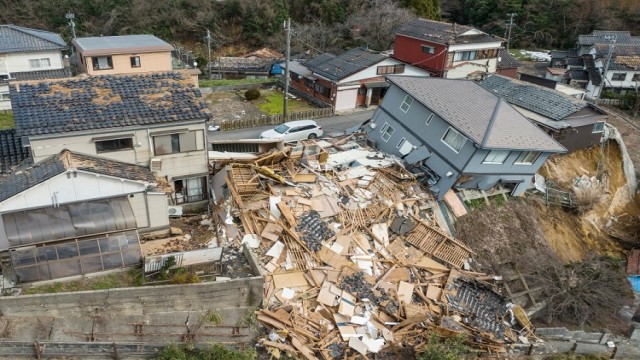





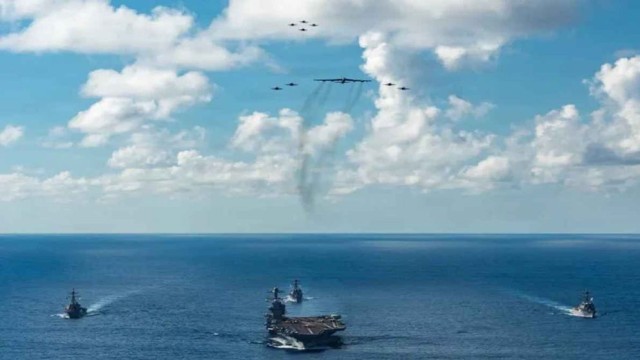

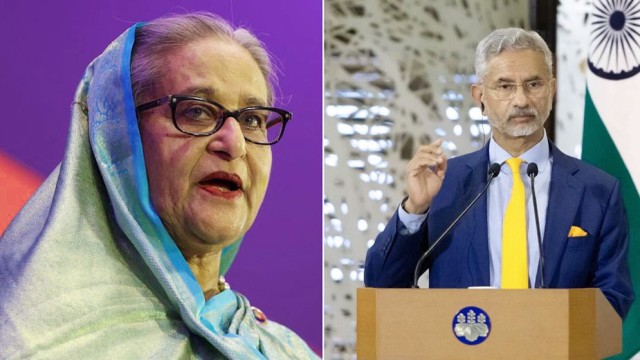
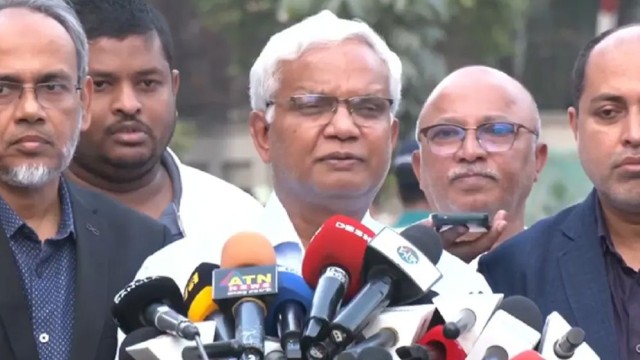
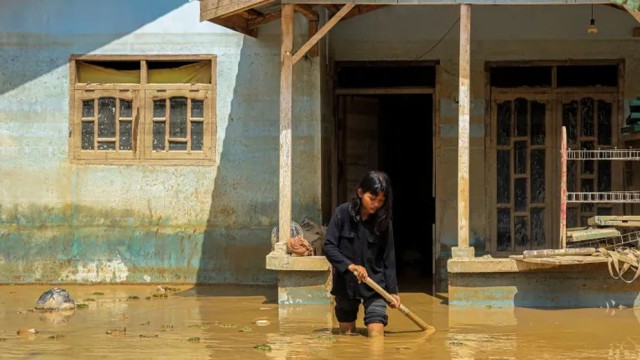

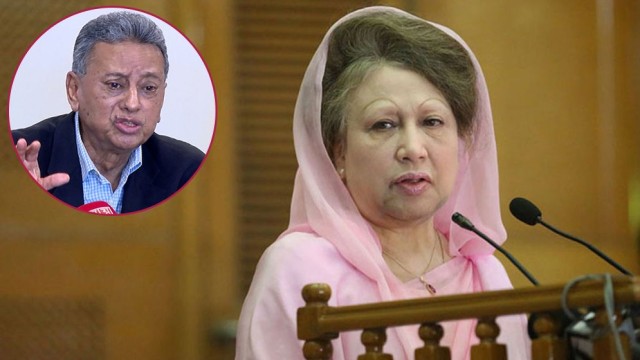
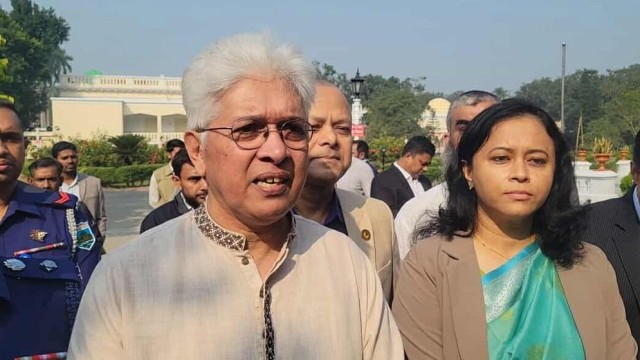
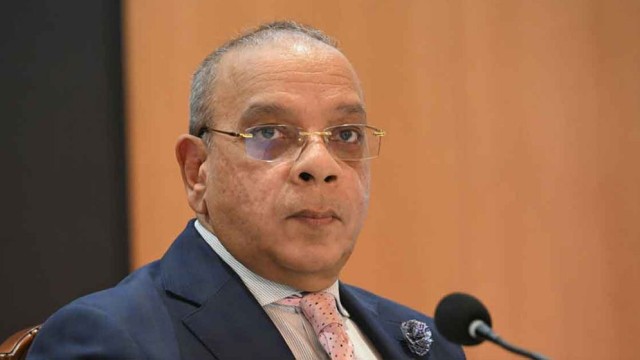
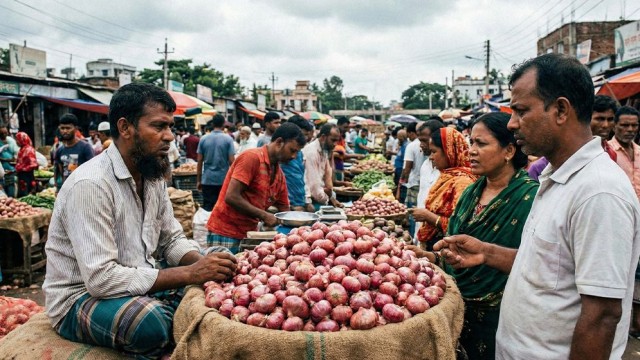
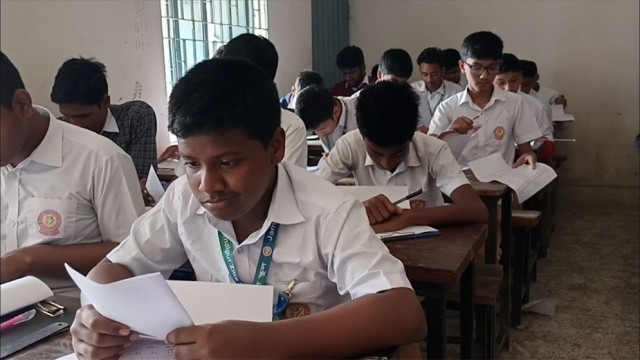

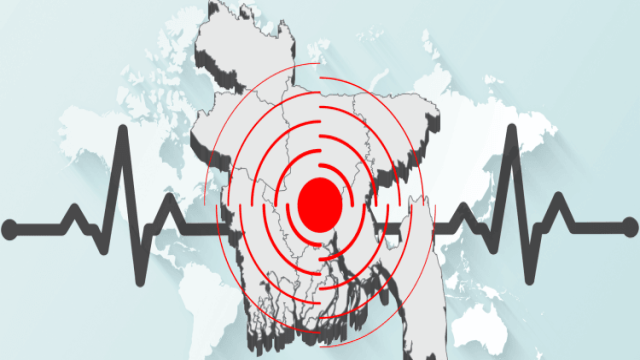
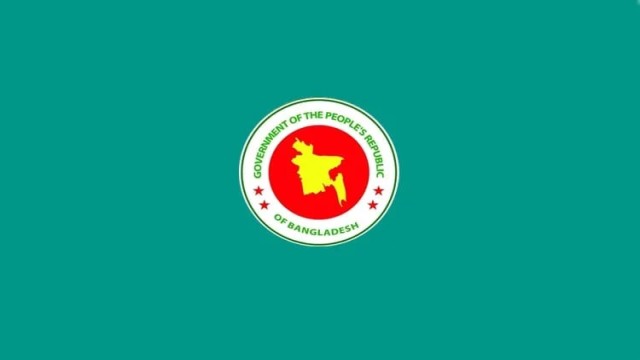


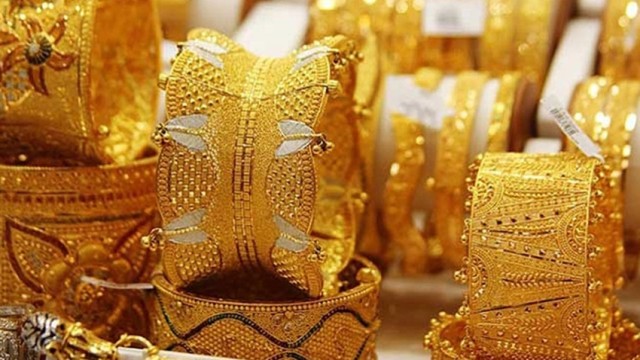
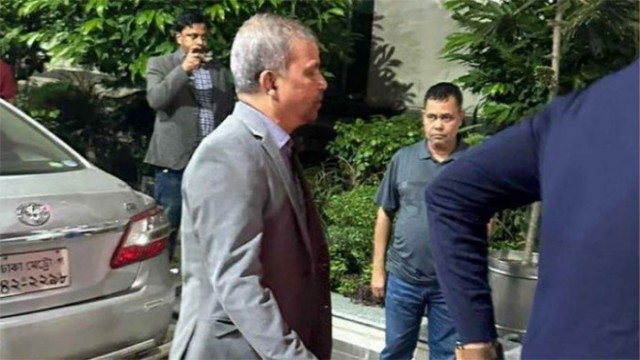
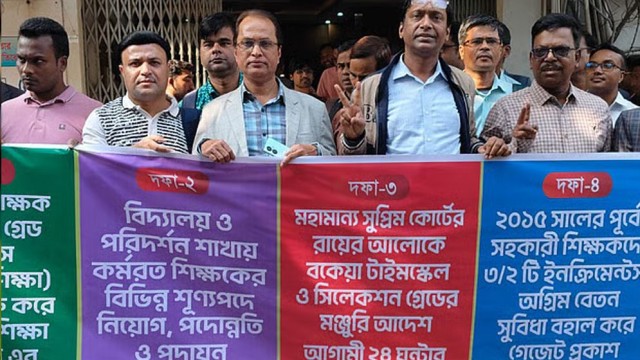
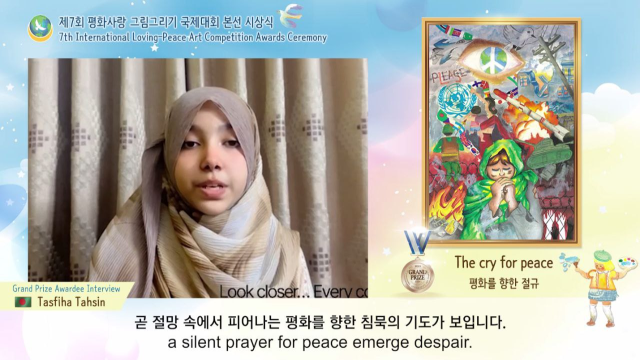

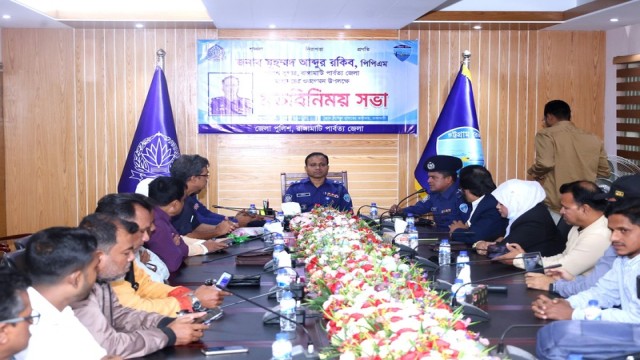
Comment: